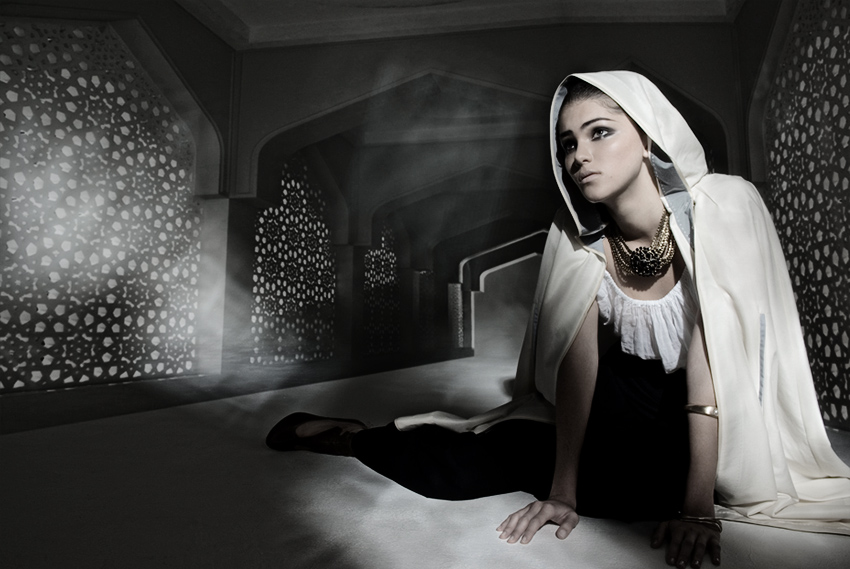Or how I learned to play with glass, vases, plants and other stuff…
I have for years pondered how to render 3 dimensions on to 2 dimensional walls and surfaces, or how to add greater topographical richness to predictable lighted interior landscapes.

Our brain through our eyes and life experience allows us to determine how light will be rendered in our familiar environments and as a result we are rarely surprised when we turn on the corner lamp of our room, or the sun comes shining through the picture window in the library.
But have you noticed that when those rare lighting anomalies occur how we stand up and take notice. When the sun peaks through thunder clouds while it is raining, giving a stark contrast to what would be a very common landscape. Or when lightning strikes and lights up very specific portions of a scene. Or when a point of sunlight hits a glass and renders a mini rainbow in its wake.
Well those are the types of illustrations I find appealing and attempt to recreate in photography. I have always been drawn to the symbology of the “light at the end of the tunnel”. That is in its own right is a reflection of my own being and I won’t attempt to go in to a self analysis of why that is, but just wish to say, that contrast is important to what I render.
There are many ways to accomplish these effects in photography and some are more extreme than others. Some have more subtle gradations and others are quite frankly polar opposites and quite stark. How you use these tools will be based on what “YOU” are attempting to express, because ultimately, it is “YOU” the artist expressing your vision of how you perceive reality.
One of the tools I enjoy employing are those that partially obstruct light to varying degrees. For example, I often use empty vases or sometimes filled with water or glasses placed in line and shoot light through them on to the surface of the space I am shooting in. I may use either a honeycomb grid, snoot or barn doors to control the size of the opening from the light source. I have often used a combination of all three and often more. Moving the light source closer to the objects will spread more light on to the space and will render the effect with more subtlety. Moving the objects further from them will enhance the effect. Play around and experiment. You’ll be quite amazed by what can be accomplished.
I have often had accessory stylists order different plants to bring to shoots and aim my light source at them to cast exciting shadows on to the background of the images I am rendering. Some plants are more transparent than others and light will bleed differently through all of them. Again the rule of closer and further applies here.
Another technique I have employed that you may find interesting is to shoot through objects that give you a subtle vignetting. It is akin to shooting partially above and below the water line. Using a mix of opaque or transparent objects will aid in realizing the effect.
In all of the above cases, I recommend a mix of continuous light and flash light sources to add interest to your lighting composition.
What I am attempting to accomplish here is to influence how you approach light. Your interpretation and employment of tools around you, that can be used to accomplish exciting and unusual effects is another objective.
Again, I have only scratched the surface here, but hopefully have sparked some ideas for you to explore.
In the next installment, I will discuss other modifiers and how to mix it up…
What Kinds of Lighting Accessories are Needed to Sculpt or Paint with Light?

